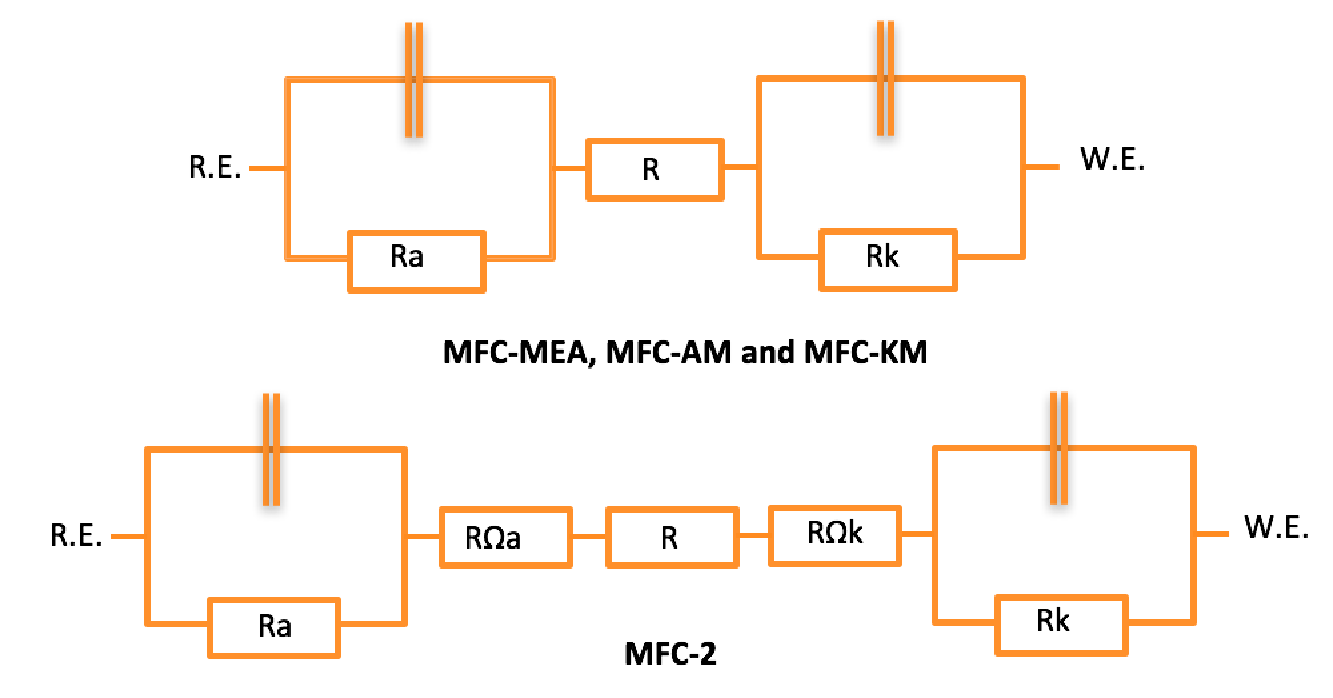Increase in the world population will lead to problems, such as increase in waste production and energy demand. Microbial fuel cell is an alternative technology that could be used to solve these problems simultaneously. This study investigates influence of electrode distance on power density in microbial fuel cell using tapioca wastewater.
The configuration of microbial fuel cell used in this research was a dual chamber MFC. Anaerobic inoculums and tapioca wastewater were used in anode chamber under anaerobic conditions, whereas KMnO4 solution and phosphate buffer were used as catholyte in cathode chamber under aerobic conditions. Graphite sheet without metal catalyst was used for electrode in both electrode chambers and Nafion 212 membrane was used to separate the chambers.

Contact Person:
Ardiyan Harimawan, Ph.D. (ardiyan@che.itb.ac.id)
